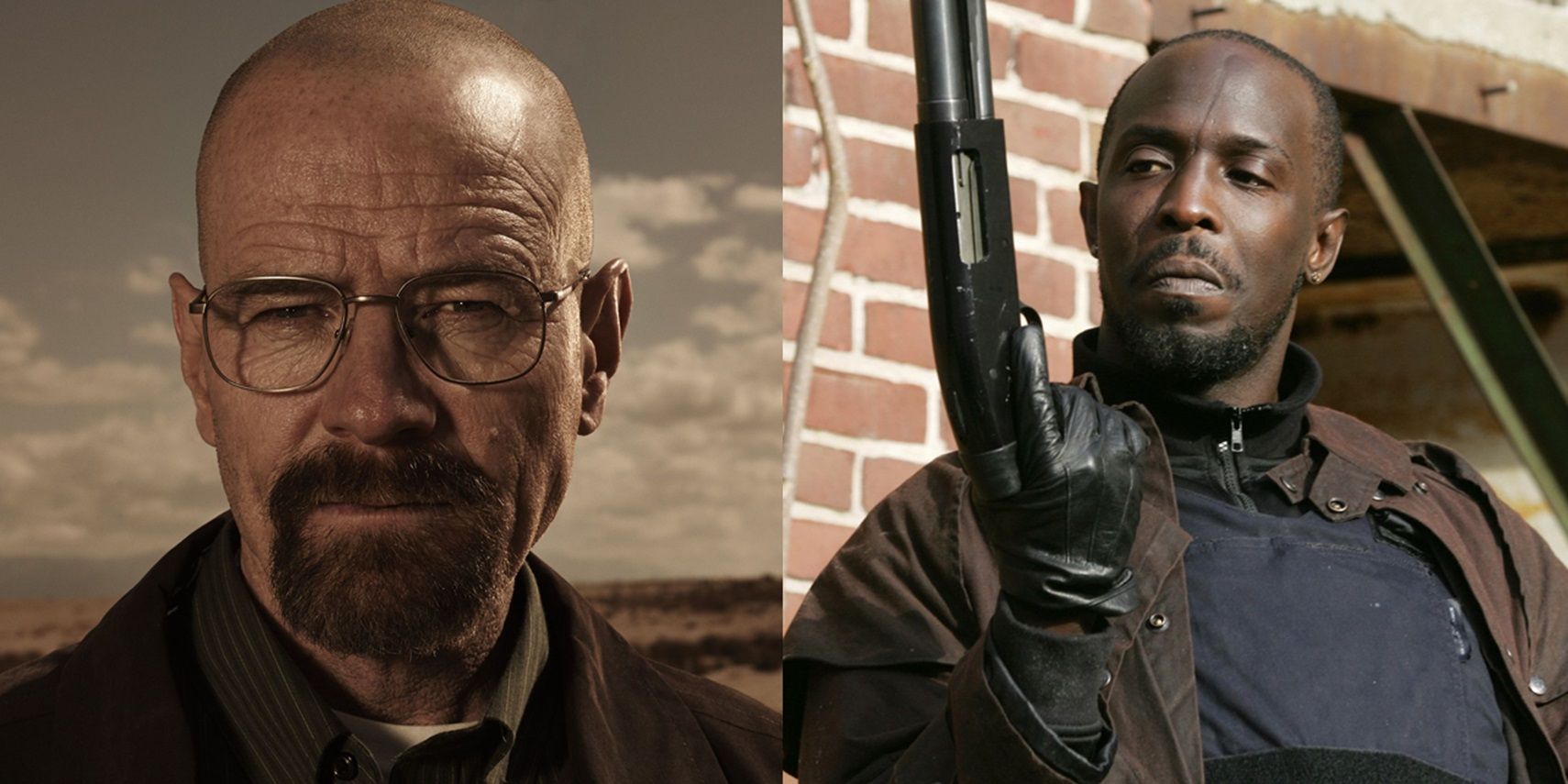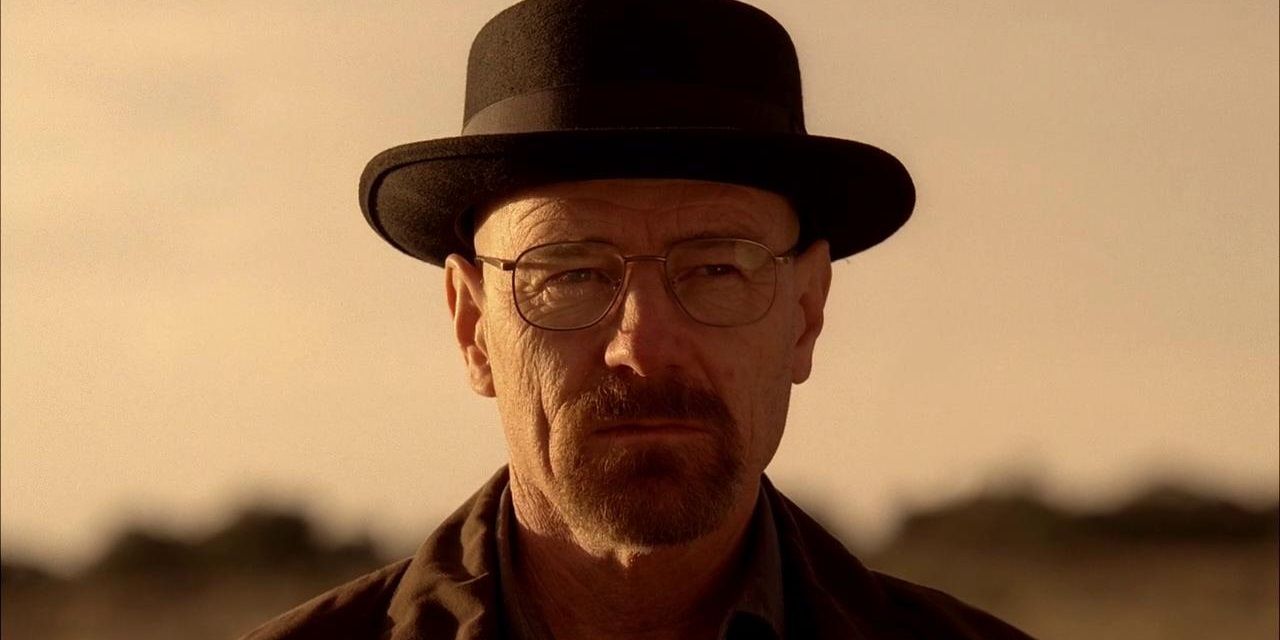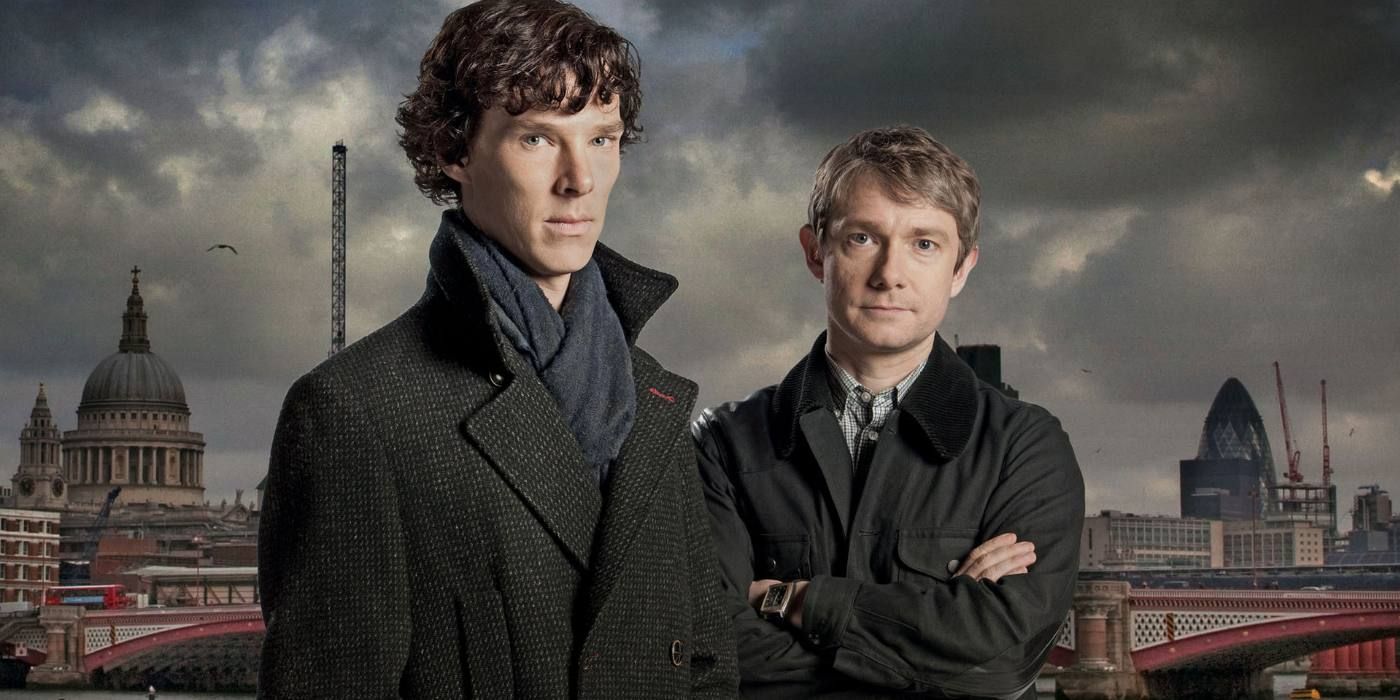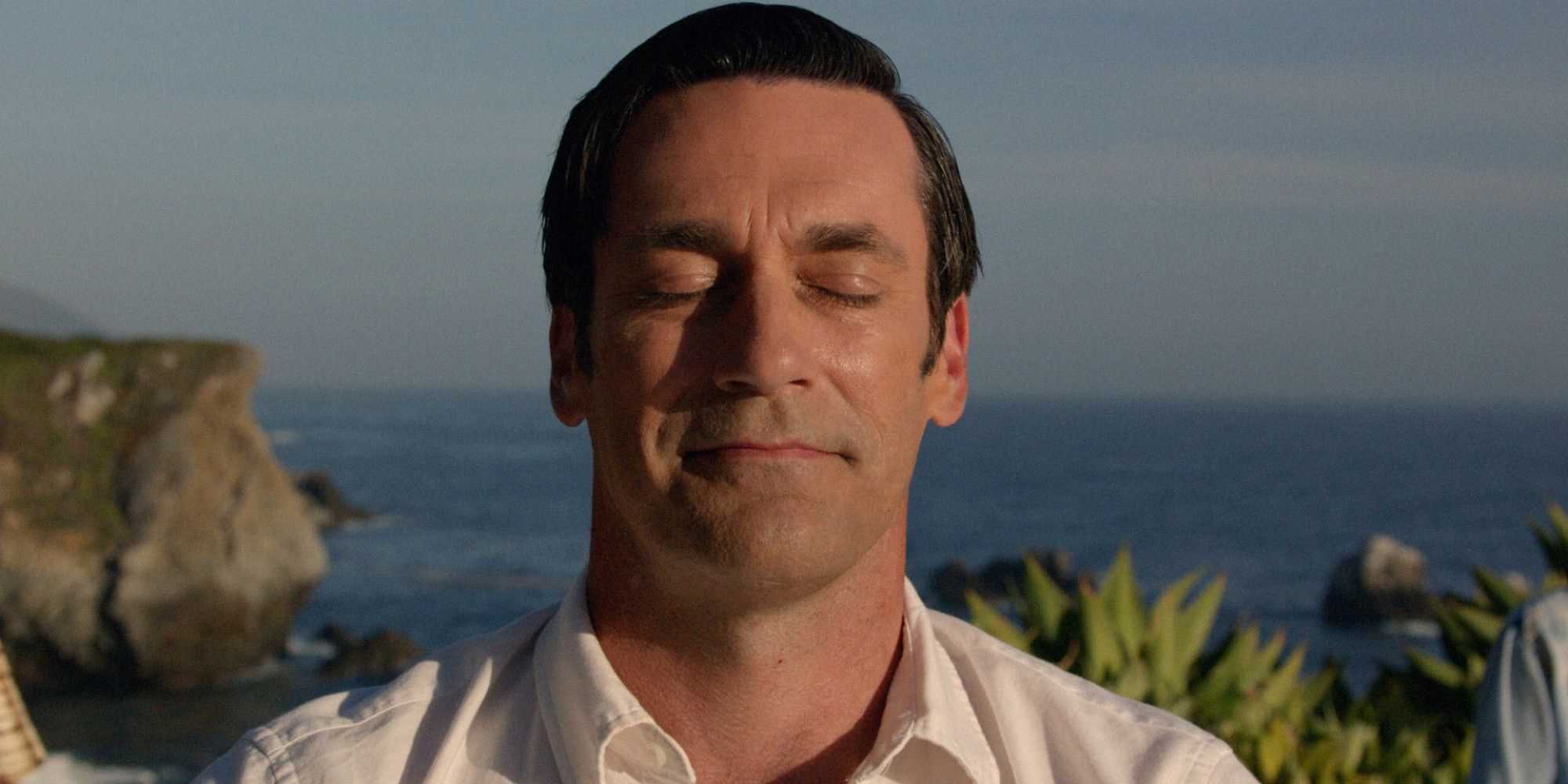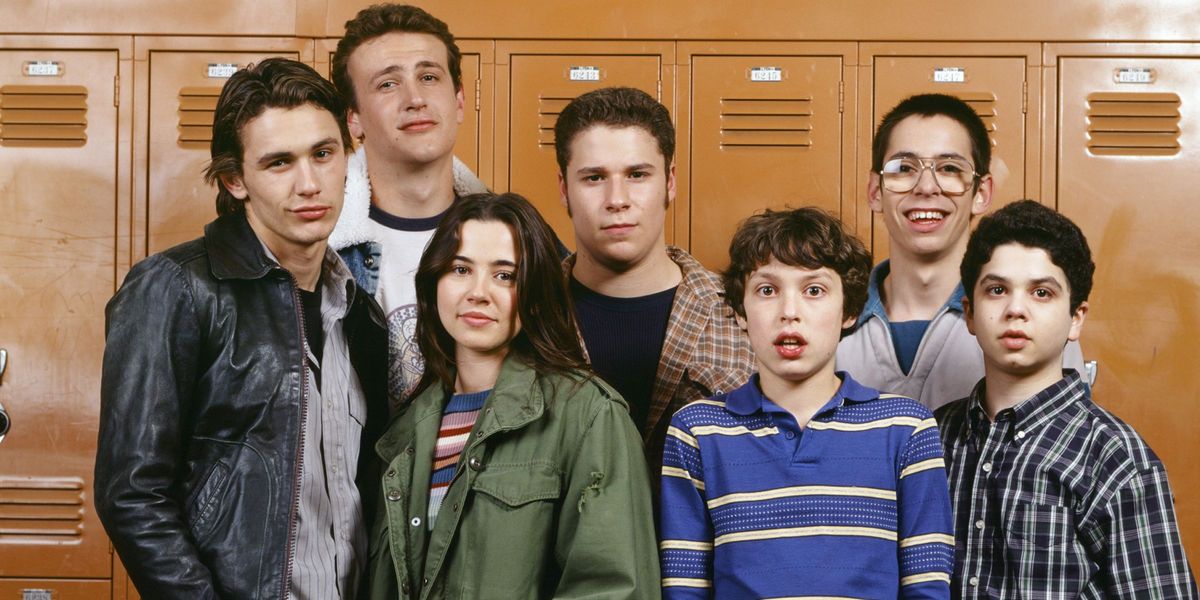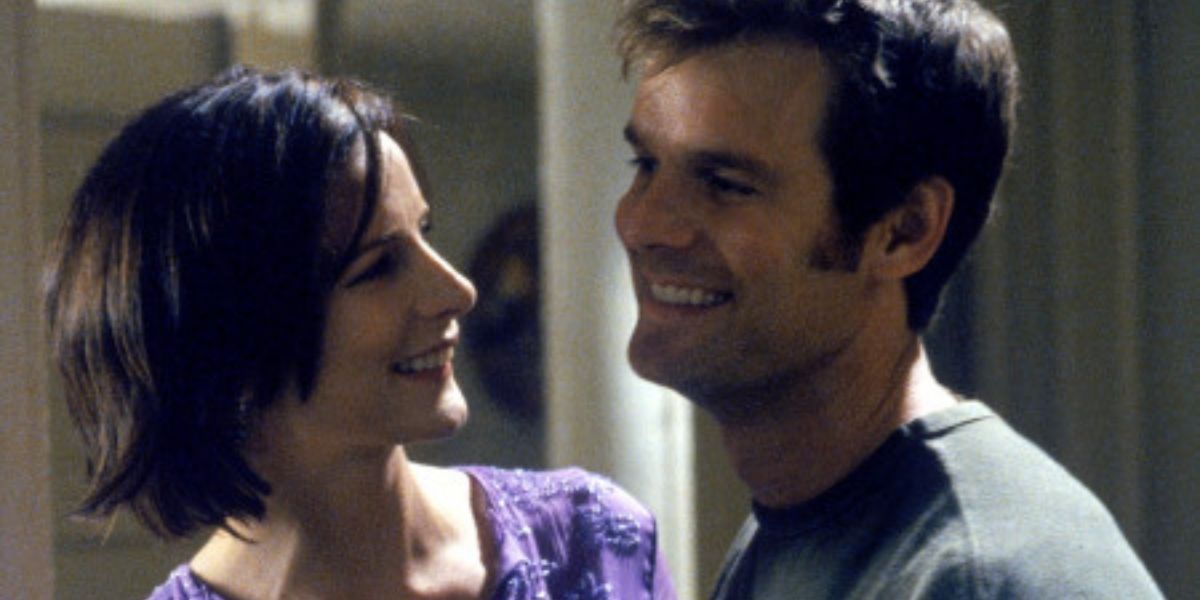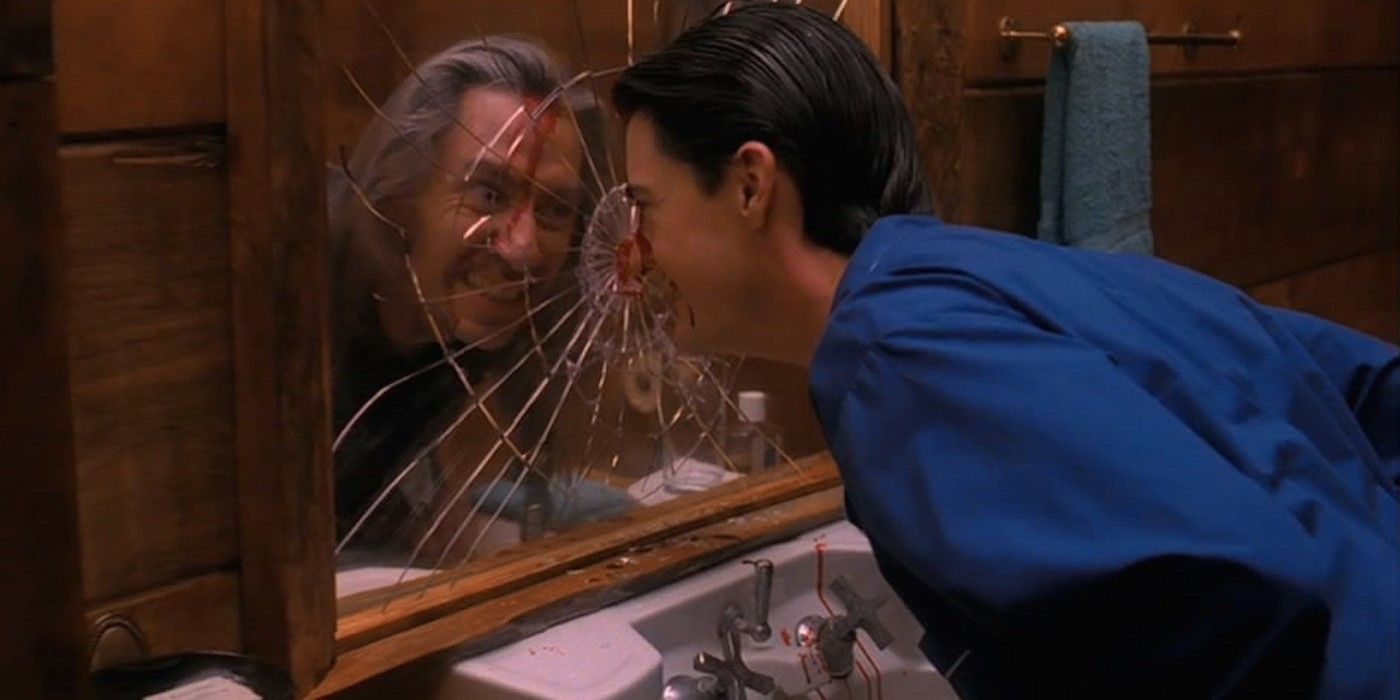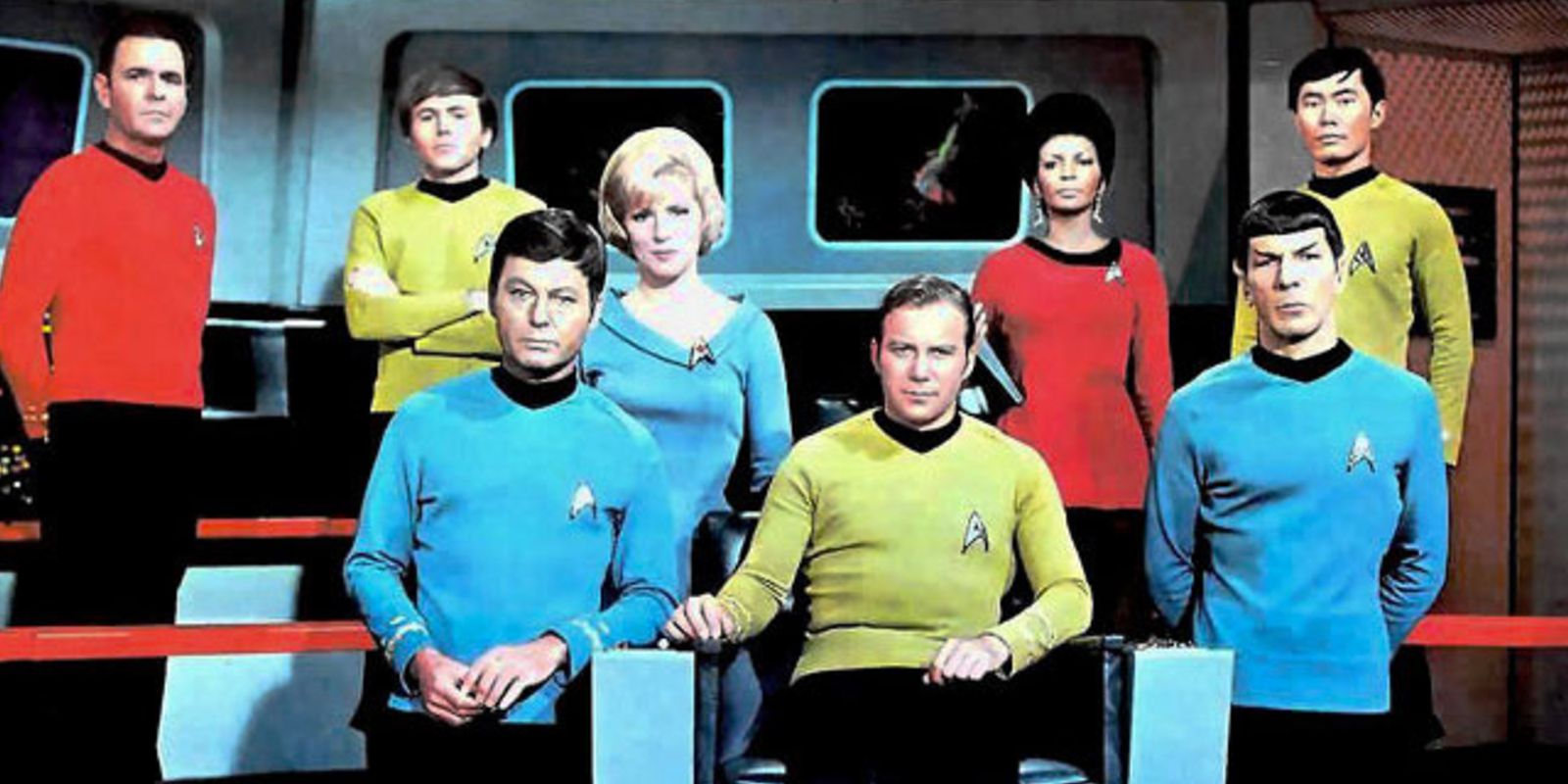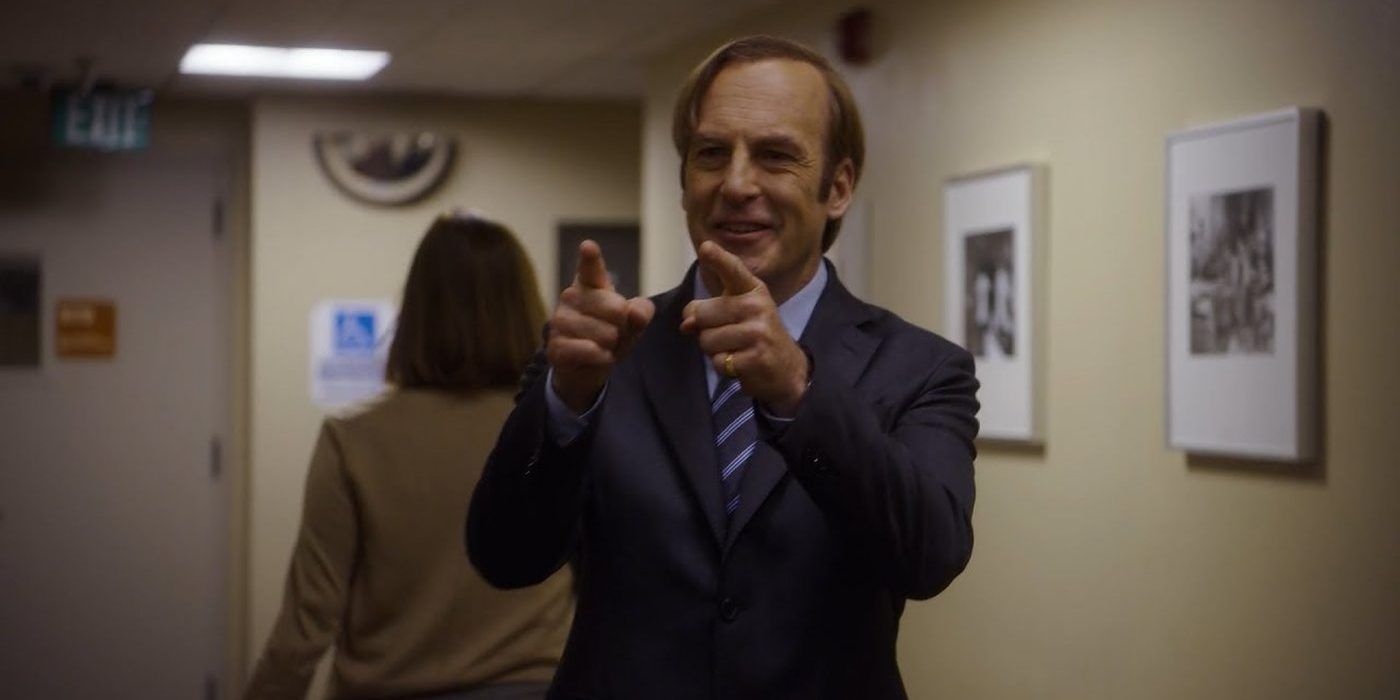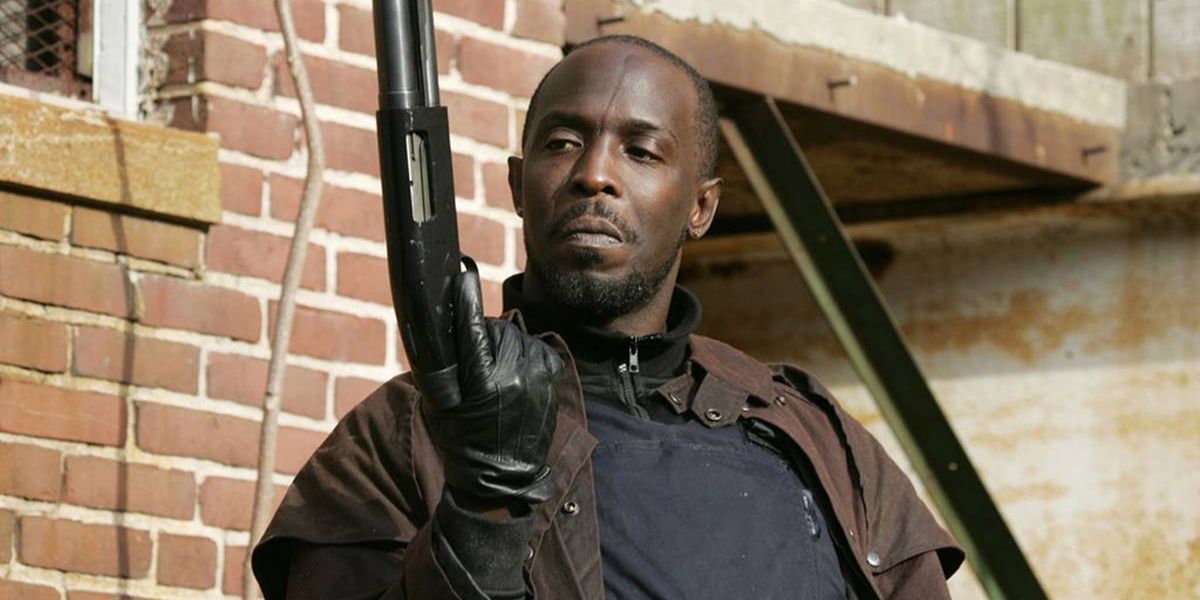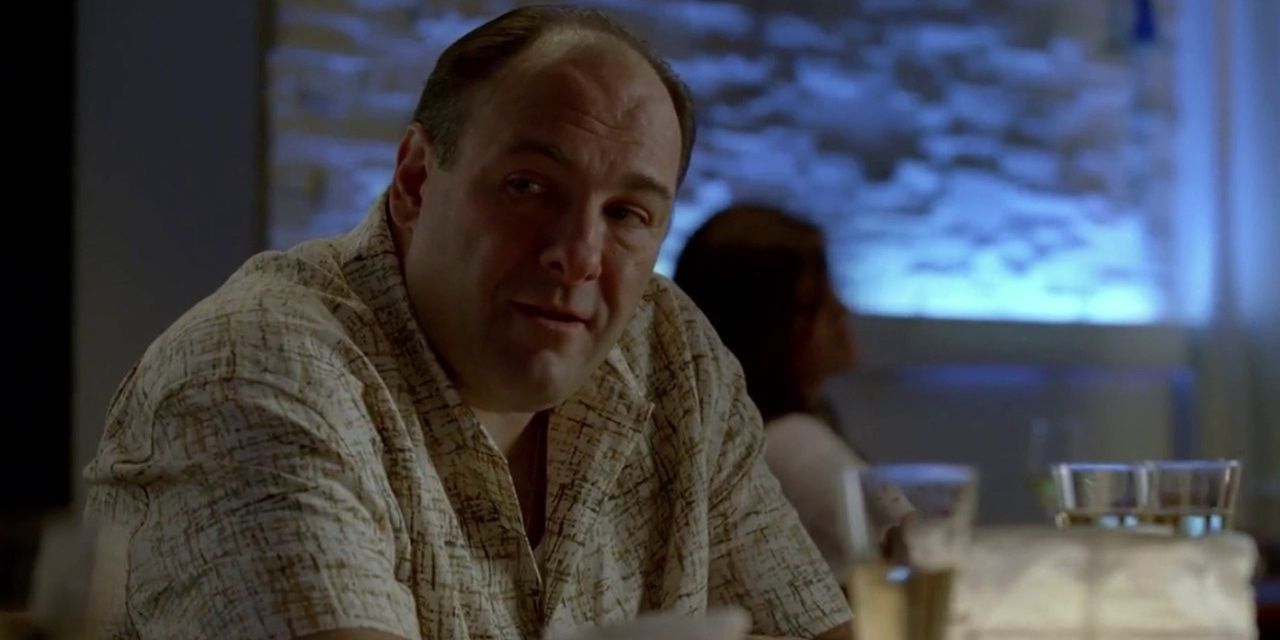Since television is a medium of “now,” moving from one episode to the next, always looking to the future, most TV series only need to be viewed once. However, in the so-called “Golden Age of Television” and with the rise of streaming, TV writing staffs are getting more meticulous with their craft.
The most acclaimed drama series, from The Sopranos to Breaking Bad, are jam-packed with so much symbolism, foreshadowing, callbacks, and other little details that they benefit from more than one viewing just to catch everything. These multiple viewings can be more rewarding than the first as the viewer can catch things they didn't quite pick up the first time around.
Breaking Bad
Walter White’s fabled transformation from Mr. Chips into Scarface led many contemporary critics to declare Vince Gilligan’s darkly comic crime drama Breaking Bad to be the greatest show in the history of television.
The series is anchored by infinitely compelling performances by Bryan Cranston and Aaron Paul, while the writers filled each episode with foreshadowing, callbacks to earlier episodes, and symbolism like the color of a character’s clothes representing their personality.
Sherlock
BBC’s Sherlock transplants the iconic Holmes and Watson mysteries penned by Arthur Conan Doyle into contemporary London with modern technology. Benedict Cumberbatch and Martin Freeman share impeccable chemistry in the lead roles.
Every episode plays like a movie because they run at feature-length and take a deep dive into their source material’s twists and turns. Steven Moffat and Mark Gatiss’ writing deftly captures the rich complexity of Conan Doyle’s original stories while also modernizing it so it never feels stale or out-of-date.
Mad Men
Most TV antiheroes, from Tony Soprano to Walter White, express their dark side by murdering people. What sets Mad Men’s Don Draper apart is that his dark side is much subtler. An ad executive in the ‘60s, Don’s biggest problems is his drinking, his chauvinism, and his adultery (and he stole a soldier’s identity).
The crew worked tirelessly to fill each episode of Mad Men with an abundance of historical details. In addition, the series boasts an impressive cast that includes Jon Hamm, Elisabeth Moss, John Slattery, and Christina Hendricks, who all gave career-best performances as the ad men and women who experience the social and cultural upheavals of the 1960s. It’s much more immersive than the average period drama and therefore worth revisiting a handful of times.
Freaks And Geeks
Produced by Judd Apatow and filled with the actors who would become huge stars in his movies a decade later, Freaks and Geeks is a short-lived but brilliant teen drama series whose characters are a lot more relatable and recognizable than the wish-fulfillment archetypes in The O.C. and Gossip Girl.
Series creator Paul Feig, who went on to direct 2011's funniest movie Bridesmaids, fleshed out the show’s ensemble with well-rounded characters with tangible arcs. The series never felt phony and always managed to reveal surprising complexities to characters that initially seemed one-dimensional, like James Franco's Daniel Desario. Freaks and Geeks was canceled after just one season, so it’s a breezy binge-watch. That season has both sharply constructed serialized story arcs and iconic individual episodes that made the show the cult classic it is today.
Six Feet Under
Alan Ball’s most well-known HBO series is the vampire-infested True Blood, but the most critically celebrated is Six Feet Under, an oddball dramedy about a dysfunctional family running the morbid business of a funeral home in the wake of their patriarch’s death.
It’s a rare show that ended at the right time and builds to a perfect finale, making it timelessly binge-worthy in a way that even Game of Thrones can't quite match. A lot of Six Feet Under’s more nuanced character work gets overshadowed by the surreal self-aware humor on the first viewing, so it benefits from a few watch-throughs.
Twin Peaks
Like David Lynch’s uniquely disturbing movies, his TV series Twin Peaks is still being dissected and analyzed by fans decades later. After the investigation into Laura Palmer’s murder takes a supernatural turn, Twin Peaks becomes delightfully ambiguous.
The show’s meticulously crafted mysteries are endlessly rewatchable, while Lynch’s typically unsettling imagery – particularly in the “Red Room” sequences – never fails to pack a punch, no matter how familiar it becomes. Both the original series and the Showtime follow-up, Twin Peaks: The Return, are packed with dense symbolism and almost incomprehensible storylines. With each rewatch, Twin Peaks seems to offer a different interpretation for its many mysteries.
Star Trek: The Original Series
Gene Roddenberry’s Star Trek initially struggled in the ratings, but it was just ahead of its time. Roddenberry’s vision of humanity’s ideal future as a multicultural utopia and the Twilight Zone-adjacent social commentary he packed into each episode still holds up today. The original series’ most thought-provoking episodes, like “The City on the Edge of Forever” and “The Trouble with Tribbles,” require a few viewings to fully understand and appreciate. In addition, the show's context-heavy episodes require multiple viewings that ultimately reward the viewer by establishing an easy-to-digest mythology that eventually spawned nearly a dozen movies and countless spin-off shows.
Better Call Saul
Vince Gilligan followed up the runaway success of Breaking Bad with a prequel/spin-off focused on the origins of Walter White’s criminal lawyer Saul Goodman, starting back when he still went by his real name Jimmy McGill and he was trying to kickstart a legitimate law career.
Just like Breaking Bad, Better Call Saul is filled with symbolism and foreshadowing to pick up on rewatches. But it also has the added bonus of subtle connections to the flagship series and B-plots filling in the backstories of various familiar supporting characters like Mike Ehrmantraut and Gus Fring.
The Wire
David Simon’s HBO crime drama The Wire is more than deserving of all the praise that critics have been piling on it for years. Throughout the show’s five-season run, Simon covers the political machinations and civic operations of Baltimore with an almost documentary-like realism.
Thanks to its huge cast of characters and deeply complex storytelling, The Wire can be enjoyed countless times. It’s impossible to catch everything in a single viewing (or any number of viewings). Each season is like its own novel, covering a different facet of the city. The result is an engrossingly rewatchable show that combines a grand Dickensian scope with the pathos of a Shakespearan tragedy.
The Sopranos
If a given critic doesn’t deem The Wire to be the greatest TV series of all time, then there’s a good chance they’ll name The Sopranos instead. David Chase’s surreal study of the psychology of a mob boss is largely open to interpretation. Its many dream sequences, deliberately unresolved storylines, and controversial ambiguous ending make it a timeless gem.
Tony’s regular visits with his psychiatrist Dr. Melfi make the whole series an exercise in psychoanalysis, which can’t be completely absorbed on the first viewing. In addition, the complex plots surrounding Tony's mob business, and the multiple characters who either support or attach him, require numerous views to fully understand who is betraying who and why. It's worth it though, as The Sopranos offers a new take on the once-tired mob genre that has quickly become a classic of the television medium.

